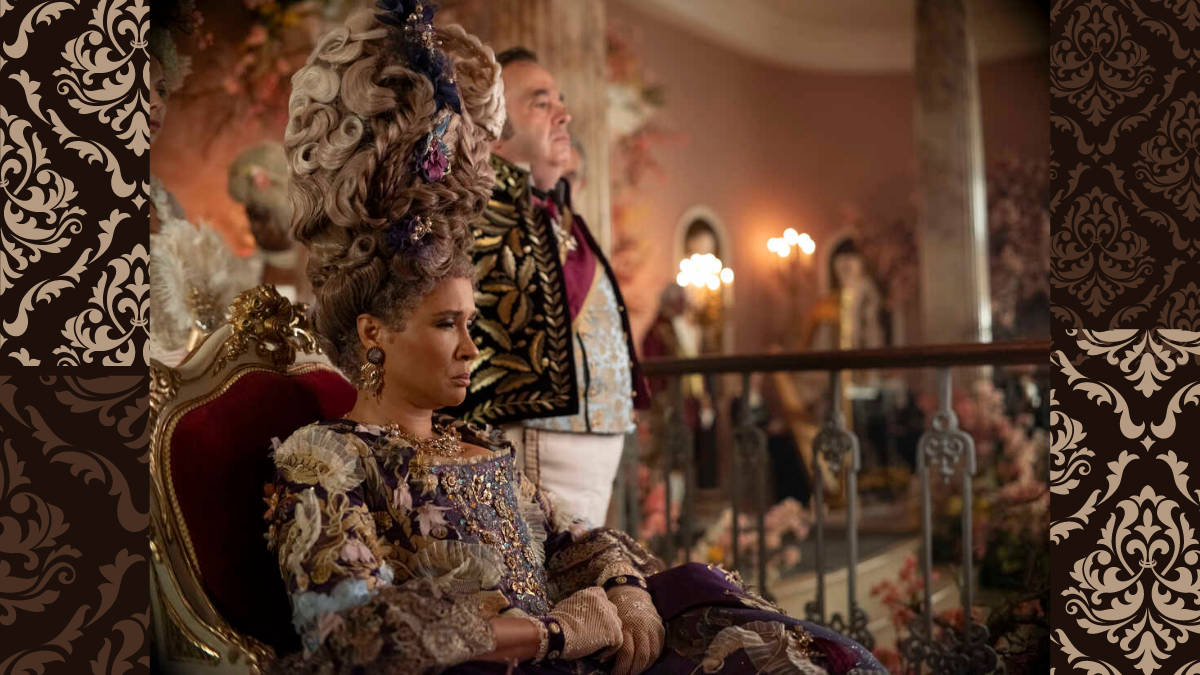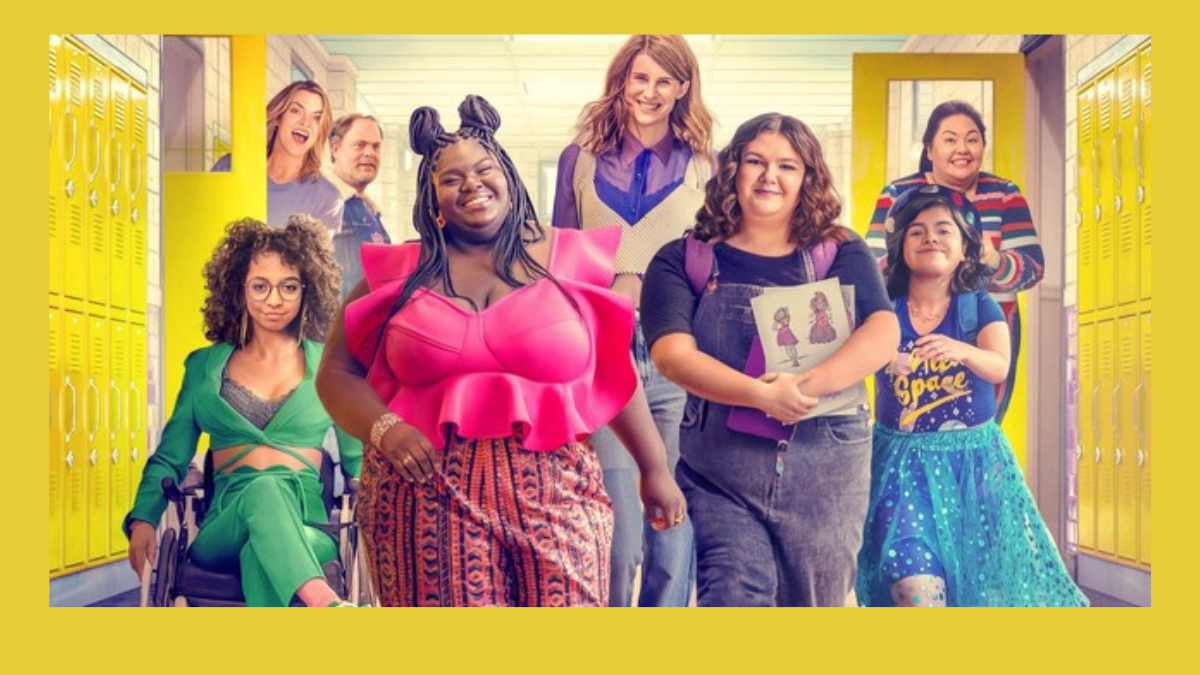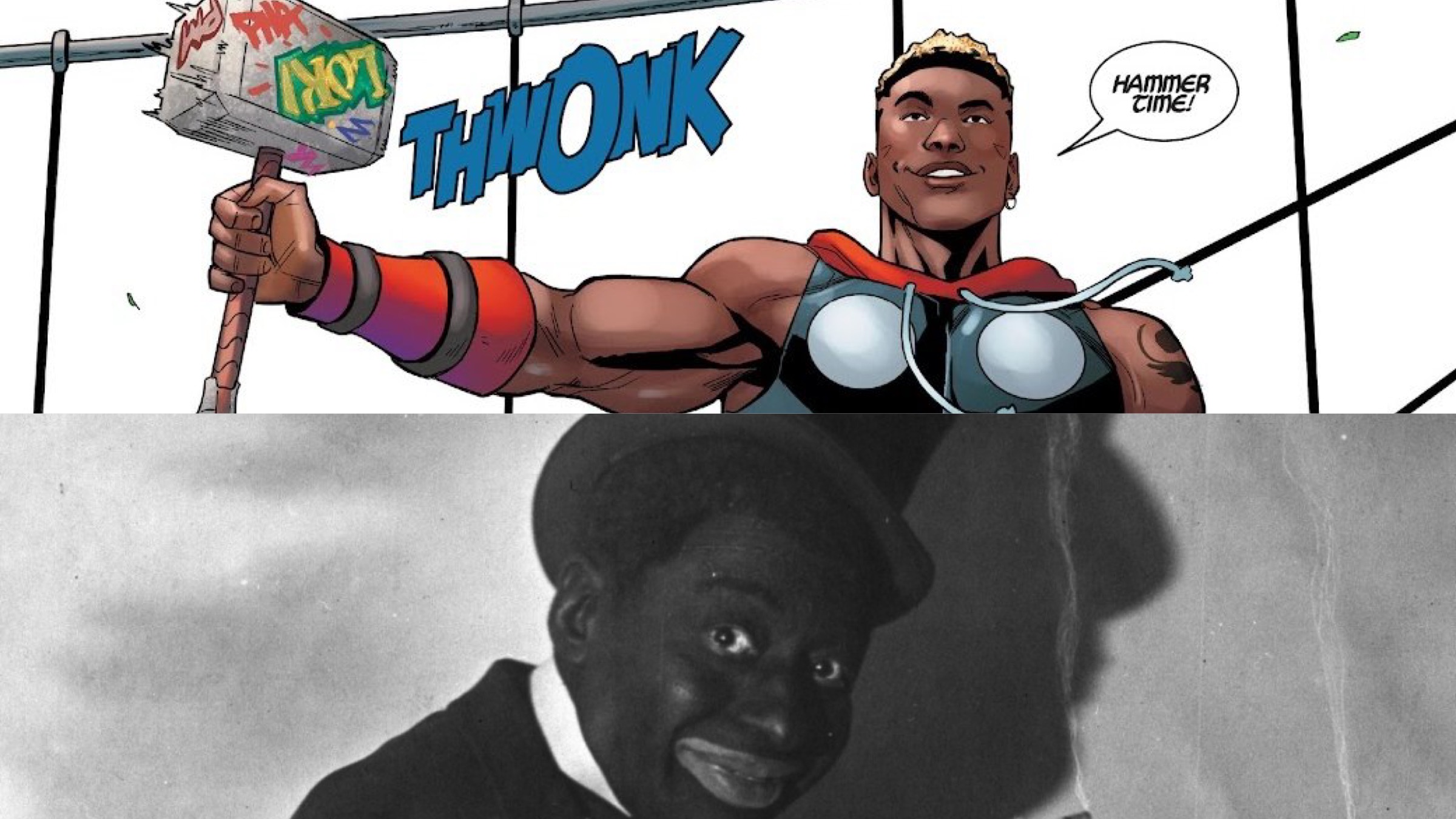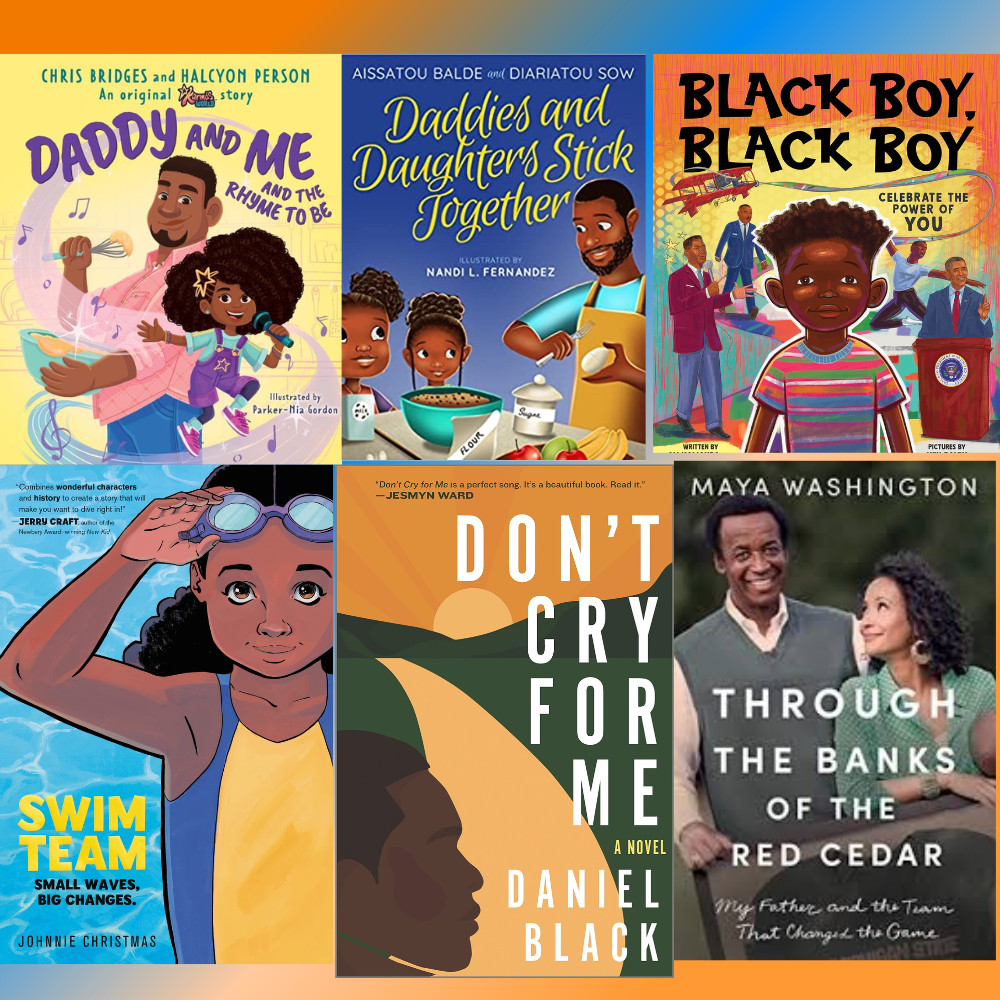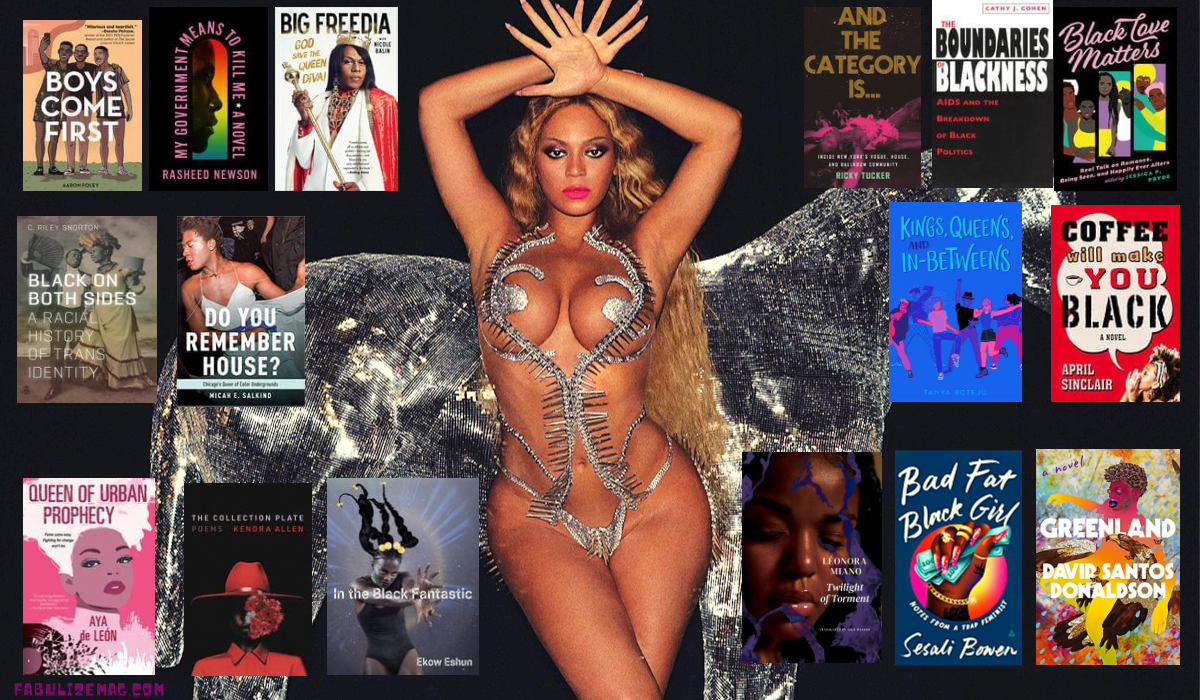
What If… Miles Morales Became Thor #4 is one of the most insulting and baffling pieces of fiction I have encountered in some time—and that’s including my current watch of season 3 of Amazon Prime’s The Boys. The creative choices, use of rapping in the narrative boxes, and the cringe-worthy dialogue all coalesce into what I can comfortably say is minstrelsy in the present day.
Rapping Narrative Boxes
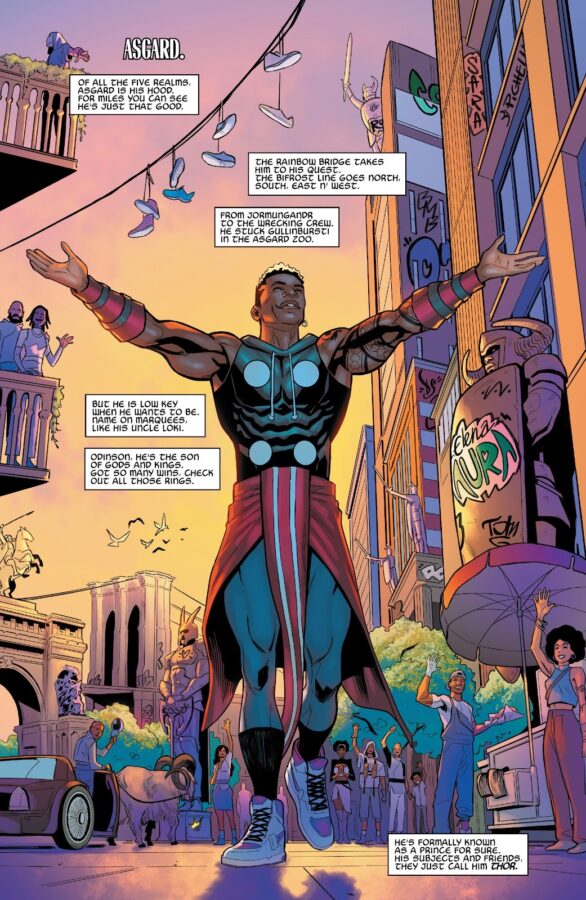
Right off the bat, we have the very odd choice of having the narrative boxes, generally used to relay information not divulged in dialogue or thought bubbles, be used to deliver some very choice rap lyrics… We understand Miles Morales is Black and that he is (usually) from New York, but why was rapping necessary to set the stage (or be present whatsoever) in Asgard, a fantastical mythical reality where magic and otherworldly realms exist? Hip Hop, as well as rap, exists on Earth for a reason and was crafted from Black culture due to experiences that happened there specifically. Does anyone believe Asgard would create an environment where Black people would create Rap and Hip Hop in the first place? Especially since on Earth, they were created in the face of antiblackness and oppression, and in this version of Asgard, the number one god is Black himself.
Furthermore, as also shown in the image above, we have several shoes tied up on electrical wires by their laces, which has a very specific meaning in Black American culture. In the hood, shoes hanging on telephone wires by their laces belonged to someone that was murdered in that area. I can’t believe that the writer, Yehudi Mercado, or the artist Luigi Zagaria, really knew or was thinking about that when they crafted this panel. It all feels very, unsettling like they were checking boxes for what Blackness would look like on Asgard. The presence of kicks, including Miles aka Thor’s own also highlights further issues such as…
The Aesthetic
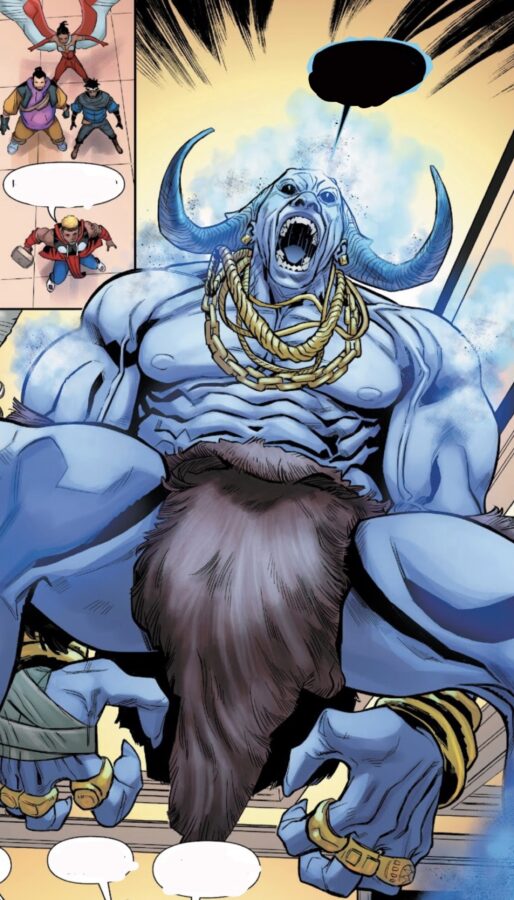
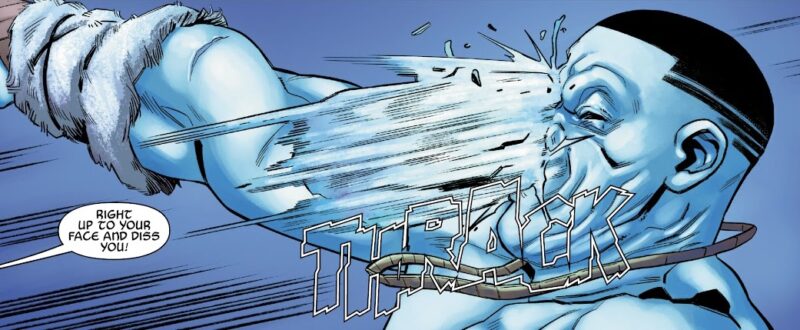
Why is it that white and non-Black creators seem to default to certain aesthetics and dialogue when portraying Blackness? Black people are not a monolith, not all of us use slang or wear certain styles, but it sure feels like this creative team thinks we do. And even when we do use slang or wear certain trends that are widely considered Black… Black people tend to know when it feels natural, and when it feels like mockery. Why are frost giants rockin’ chains and rings? Why would a frost giant have a fade? Why would a frost giant have hair at all???
And why is Thor’s top a sleeveless hoodie? Why is he wearing kicks? Why does his hammer have graffiti on it? Some might dismiss these things, feeling that a fantastical world with magic and mythical creatures, that jewelry and hairdos are the lesser of evils, in terms of what’s realistic or not. However, when the shift in the established dynamic is that the protagonist and the king are Black, and this is what follows… it doesn’t look good. The use of the term ‘diss’ is just the tip of the iceberg when it comes to the cringe…
Dialogue
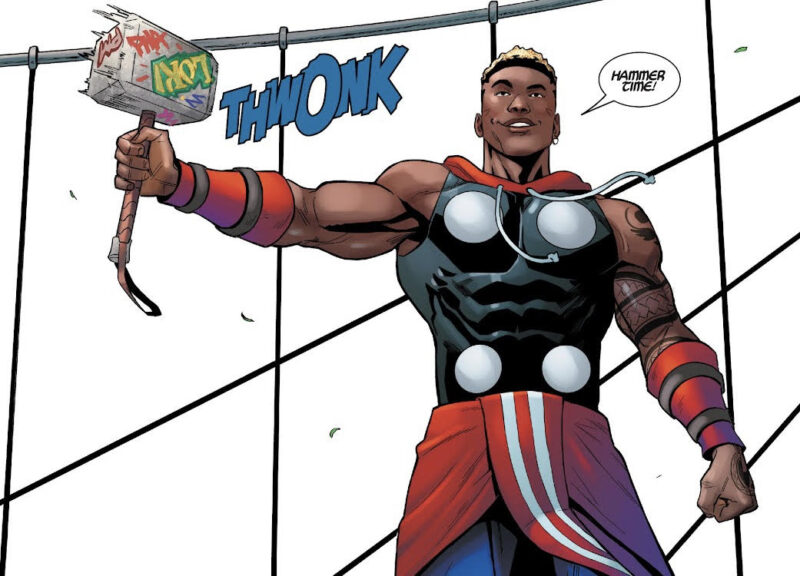
“Asgard is his hood”, “That mission was straight fire”… The cringe just goes on and on. Different Black people will feel differently about the use of BAVE (Black American Vernacular English, the artist formerly known as AAVE) and how much is too much, when it is appropriate, and when it feels like a joke at our expense. As said before, we are not a monolith. But for this writer, the language felt off the moment the rap started on page one. The stereotypical aesthetics and styling choices, in Asgard of all places, didn’t help matters. It feels like the creative team Googled Black American culture and just pick and chose the most obvious things that jumped out at them and threw them together here without any context, knowledge, or personal connection to any of those things.
As for “Hammer Time” and “Diss”, these are very, in my opinion at least (please tell me if you are Black and still use these terms in the comments), very antiquated terms most of us don’t even use anymore. And that goes for Millenials and older! Miles Morales would most likely be Gen Z unless we want to assume he’s actually way older than he looks in this story because he’s Thor. It still begs the question… at what point would “Hammer Time” come into play without MC Hammer (is he a part of Asgard’s history? It’s rhetorical, please don’t answer that)? And with “diss” as well as the rest of Black American cultural influences shown in the story, from BAVE and rap to styling and fashion, what happened in Asgard is comparable to the Transatlantic slave trade, slavery, Jim Crow, and other aspects of American culture that would directly impact/lead into the creation of such cultural signifiers? I highly doubt a Black Odin would allow things like the enslavement of Black people, and Jim Crow, for starters, to take place. Speaking of crows…
Why Crows Though..?
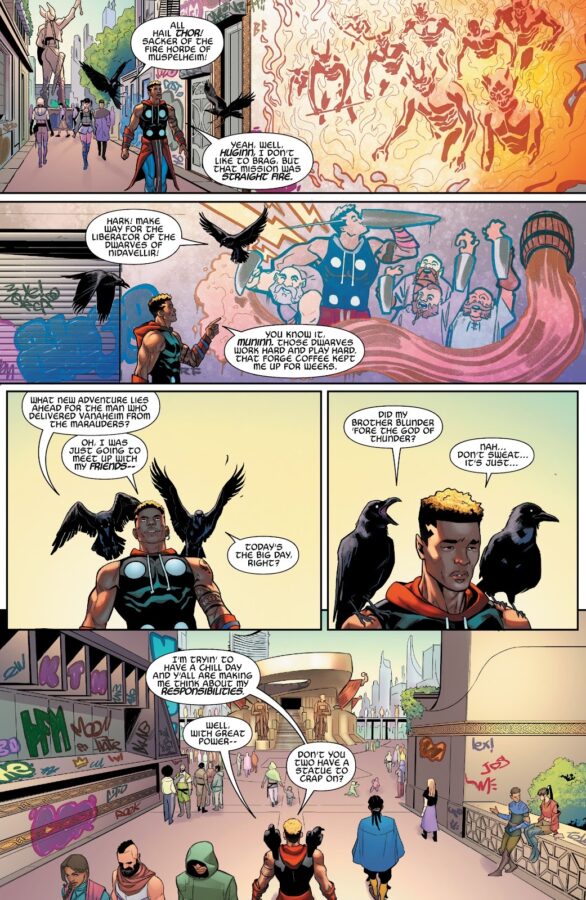
It is a massive red flag to see talking crows around anything Black (be it the crow themselves being coded as Black American or them being close to Black Americans). I’ll never forget how I felt learning about Disney’s (shoutout to the Mouse) racist origins including the talking Black crows from Dumbo, the main one being named Jim. Now, I will say here that a quick Google search showed me that traditional, white, Thor Odinson indeed had two ravens/crows by the same name, so one might argue that they are simply a pre-established part of Thor canon and was just brought here along with the presence of Asgard, Thor’s powers and name, Odin and Freya (also known as Frigga) as Thor’s parents, Sif as his love interest, and Loki as a mischievous and devious family member (though don’t ask me why he’s Thor’s uncle instead of his brother like in most Marvel canons). And I certainly won’t claim to be a Thor comics fan, but I wonder, how popular are these damn birds and how necessary were they for this particular story?

This section may very well be a reach, but I can’t help but feel that talking black crows, whether they themselves used BAVE or other Black cultural signifiers, was a very questionable choice in a story rife with offensive uses of Black culture. Why were they needed? Couldn’t some fellow Asgardians or literally, any other types of talking animals sufficed to move along the plot/dialogue of those panels?
Conclusion
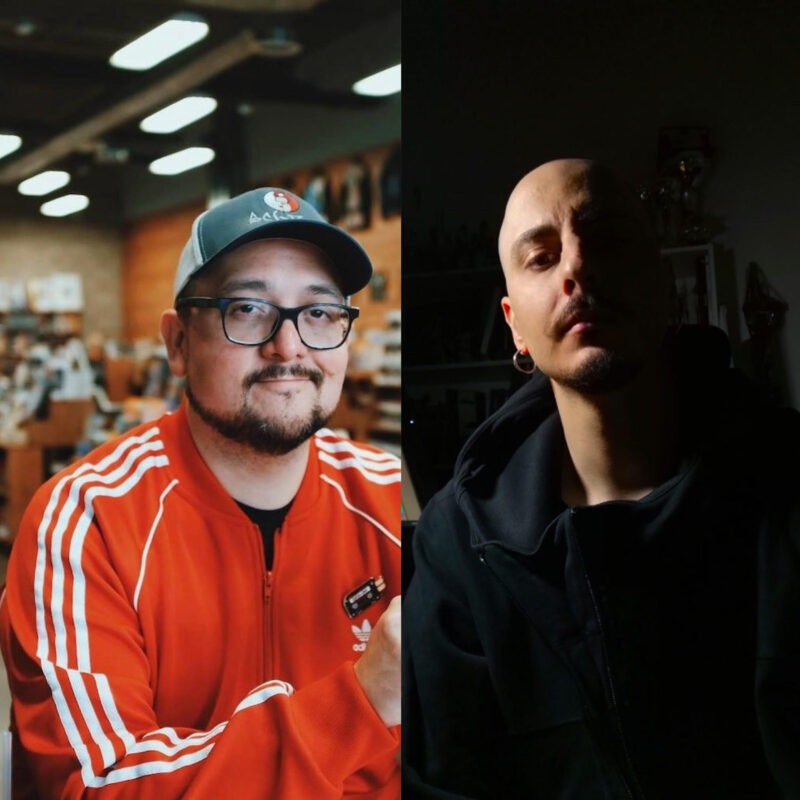
How many times and how many ways do fans need to keep calling out Marvel and asking for them to hire creators to handle stories involving ethnic characters, LGBTQIA+ characters, women and other genders, and any other marginalized groups who share the experiences of these characters? Hiring non-Black writers, and yes, Miles is also Latines, and the writer is Latines, but he is also clearly not Black. The comic also relies extremely heavily on Black culture and barely even touches Latines culture, aside from a moment where Freya (who is clearly traditionally non-Black Latines Rio Morales) says ‘pobrecito’. Miles doesn’t seem to use any Spanish, and there doesn’t seem to be much Latin culture aside from Freya’s sole word of dialogue.
At the end of the day, this comic was incredibly offensive to the point of people comparing it to minstrelsy. It was very cringe and I found myself rolling my eyes a lot. Do I feel two of the main creators being non-Black played into how horribly it all went? Absolutely. I think Black creators with any real connection to Black culture would have made it far more enjoyable. But do I blame these particular creators for all of it? No. At the end of the day, Marvel Comics allowed this to happen. They backed it, approved it, and let it see the light of day. I was not in the room when this idea was pitched. I have no idea if Mercado came up with all of it himself, if it was a collaborated effort by the entire team, or if he was brought on to write ideas already formed by others.
Either way, it speaks to an even larger issue: more than just writers, artists, and creative teams, Marvel and other big publishers need diversity at all levels of the business and the totem pole, including the higher-up levels. A Black editor or whomever, again, any Black person who has any connection to Black culture, could have seen this and stopped it in its tracks, asking the necessary questions and having serious changes made in terms of crafting, choices, or personnel if necessary. I did not look up the ethnic makeup of the entire creative team or know exactly who approves or had a hand in this book’s release, but I would be very shocked if anyone in any position of any power was actually Black and had any meaningful connection to Black culture. Marvel, once again, needs to do better. This simply ain’t it.

